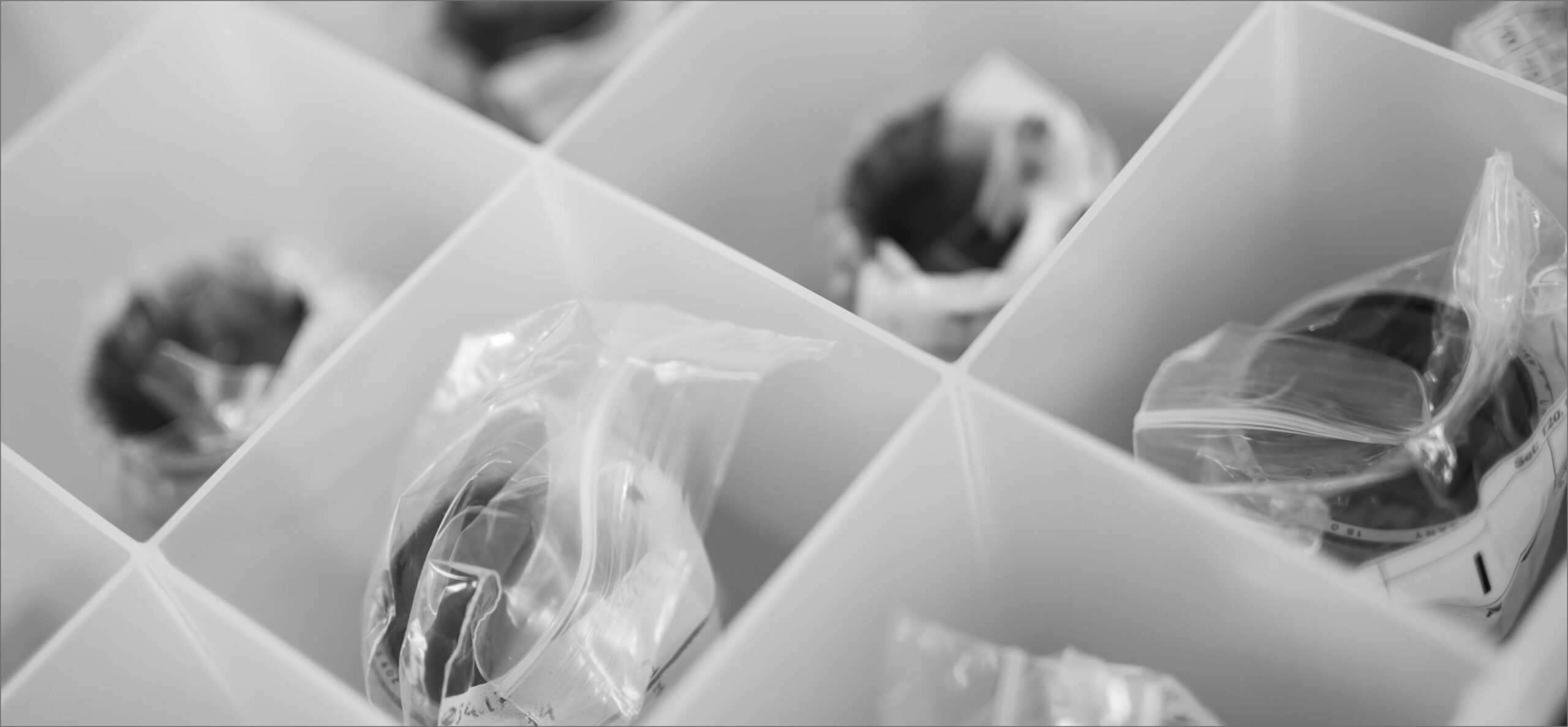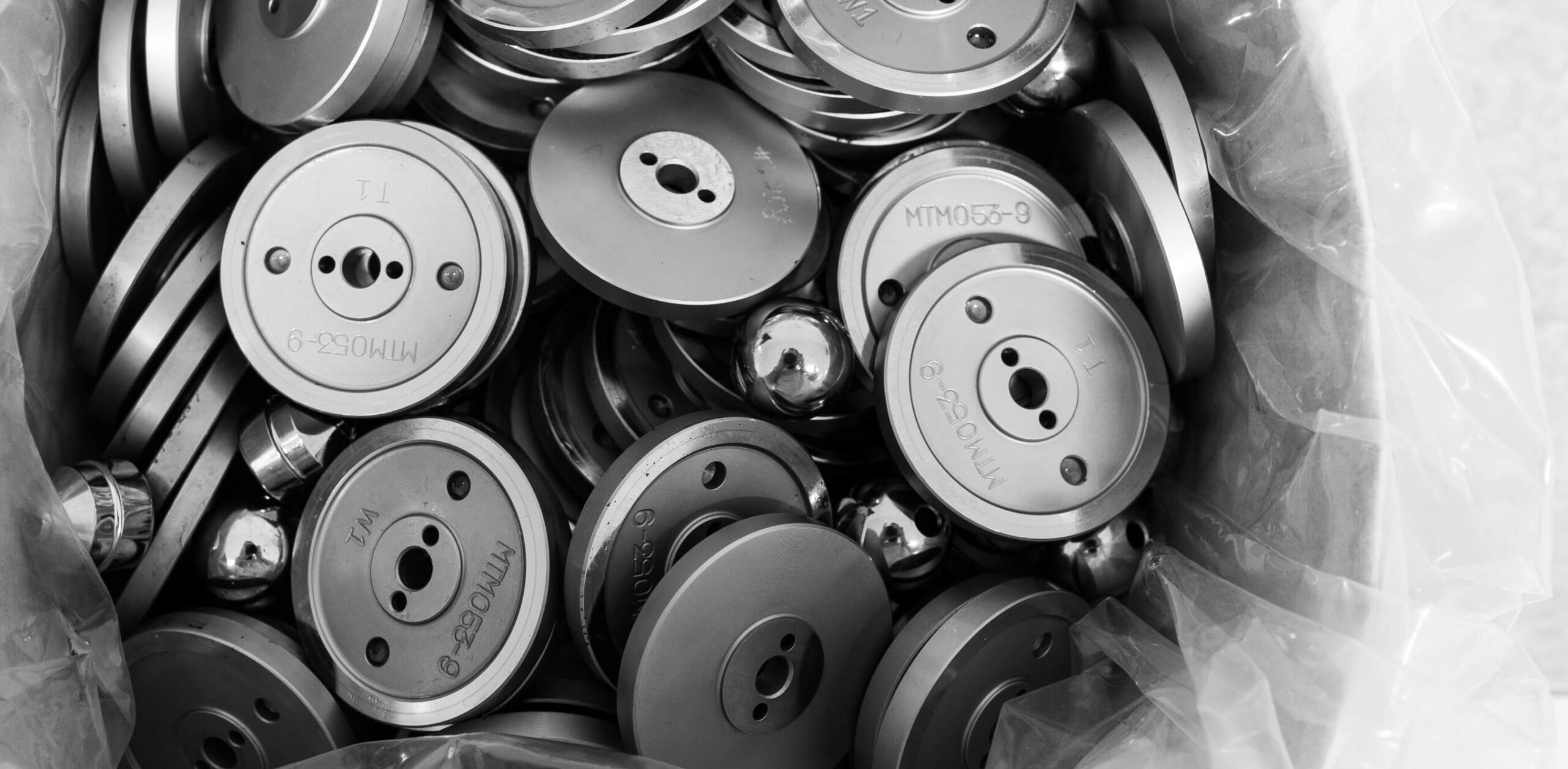Get support to solve your Tribology problems with specialist tribology testing.
Our team can design a test method that accurately reflect real world scenarios, allowing us to measure, analyse and understand how lubricants are performing or the cause of material failure.
Using calculations and modelling, we’ve replicated many complex contact scenarios from gear teeth, to bearings, to the human mouth.
Our test methods are designed to accurately simulate the contact – considering the pressures, temperatures speeds materials and levels of sliding, and they’re then validated by testing with known reference oils.

Ingram-Roots Method
We developed the Ingram-Roots method to aid quick ranking of additive packages in lubricants.
By automatically normalising the test conditions for viscosity, and analysing the results through a bespoke software algorithm, a quick MTM test provides a score of 1-10 for the lubricants ability to reduce friction in each lubrication regime.
The published method allows oils to be compared without needing to manually adjust the test conditions to suit the different viscosities.
The simple outputs allow engineers who are less practised in Tribology to quickly select the best performing lubricant for the task at hand.

Getting the Modelling right
In tribology, compromises must be made between speed/cost and accuracy. Although a field trial gives the most representative results for the testing of a candidate lubricant, material or coating, its high investment becomes a hinderance to development.
A tribological system such as an engine is made up of many surface interactions, such as sliding piston rings and rotating main bearings. Using simple rig testing, we can model friction at the component level throughout the engine. The tribology scale testing can be combined with advanced mechanical modelling leveraging AI to predict performance in the field. This is usually done as a way to predict overall losses or efficiency in an engine or gearbox.

Accelerated Micropitting Testing
Micropitting is a type of fatigue wear commonly found on gear teeth. The gradual loss of material in the form of small surface pits leads to a change in the geometry of the component; if this is not controlled, it can result in failure of the part.
We have developed an accelerated micropitting test to accurately evaluate new lubricant formulations. This new method is being used by oil and additive companies to rapdily try new technologies, to evaluate their performance in preventing micropitting.
Read more and see some example results in our Micropitting Blog Article
Rail Wheel Friction
We developed a new test method to evaluate the performance of lubricant products used on railways.
Train wheels require high traction to prevent slipping on the rails – this can be controlled using “Top of rail materials”. Then, as the train travels along a curve in the track the edge of the wheel may touch the rail and can cause a high pitched noise – this is controlled using “flange products”.
We worked with the Railway standards safety board to develop a quick and easy method to evaluate the performance of these lubricants, allowing railway operators to quickly asses new products and lubricant companies to quickly develop new technologies.
The method is now including in the industry standard document: Railway Applications – Wheel/Rail friction management. EN 15427: 2019


Using Tribology to understand beer mouthfeel
Even beer isn’t safe from analysis by our testing equipment!
The mouthfeel of the beer can be controlled by adjusting the levels of beer carbonation and its viscosity. The viscosity of the beer in turn can be controlled with the concentration of sugars and larger molecular weight solutes such as beta-glucan and dextrin.
We’ve tested two craft beers to understand what the results from friction testing can tell us about their composition and evaluated the results to show how tribology can reliably capture and present the characteristics of each liquid.







